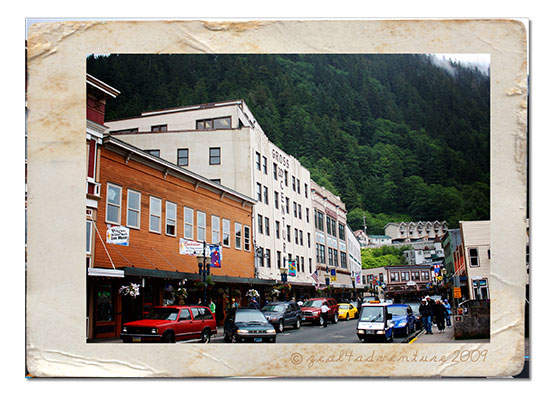Juneau surges during the summer with thousands of cruise ship passengers, a significant source of income for the capital of Alaska. Twelve decades ago the young city was swamped with prospectors. Juneau was founded as a gold-mining camp in 1880, Filipinos already worked in the gold mines, mostly as ore sorters, it was however the canneries that drew the largest numbers of Filipinos to the territory.
Between 1878 and 1949, 134 canneries were built throughout the region employing workers from diverse ethnic backgrounds, including Chinese, Filipino, Japanese and Alaska Native. Women and children worked in the canneries while the men fish. Changing US immigration laws brought many more Filipinos to Alaska after 1922. They were encouraged to go to the United States by industries seeking low-wage workers at a time when Chinese and Japanese immigration was being restricted. All they needed was a birth certificate and a steamship ticket because until 1935, the Philippines was an American territory.
During the 1920s and 1930s, Filipino laborers spent their summers working in fish canneries and on farms in the West Coast during the rest of the year. They were known as “schoolboys” as many of them earned the money that enabled them to pursue their education.
These Filipino seasonal migrant workers in the US are also known as Alaskeros. They were instrumental in the formation of the first Filipino-led union in the US. The Filipino cannery workers dominated the work force and during the depression, wages from unskilled jobs dropped by 40% hence the union. In 1938 they were successful in abolishing the repressive contractor system that prevailed in the canneries.
Filipinos Today
At the height of the salmon cannery industry, there were about 9,000 Filipino workers in the territory, today the Filipino population number at least 13,000 evident not only in the Manila Square in downtown Juneau where a bust of our national hero, Jose Rizal lies but also in the food.
Highly recommended by the bartenders of our cruise ship is a stall selling Filipino style Barbecue and we had to have some.
The verdict… unquestionably Pinoy BBQ.











